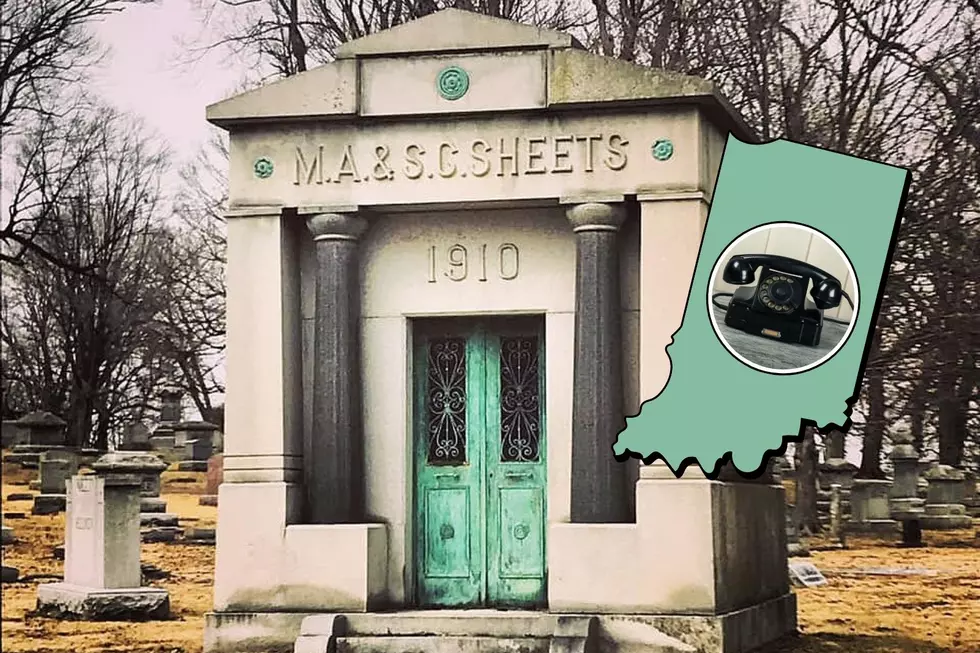
Southern Indiana Water Company Issues Warning: Avoid Submerging Your Hose When Filling Your Pool
When filling your swimming pool you should avoid submerging your hose below the waterline, here's why.

Summertime is Here
Memorial Day Weekend is the unofficial start to summertime, and also the weekend many people open their pools for the hot weather season. During pool opening, it's common to add water to restore it to the proper level. However, did you know that you shouldn't submerge the hose below the waterline when filling or refilling a pool?
Why You Shouldn't Submerge Your Hose in the Pool
The Evansville Water and Sewer Utility (EWSU) recently took to Facebook to remind residents not to submerge the hose below the water line when filling pools. So why is that? Well, it turns out there is a risk of cross-contaminating your home's drinking water.
Here is what EWSU says about taking this extra caution when refilling your pool:
If you are planning to fill a swimming pool with a hose using city water, DO NOT submerge the hose below the water line. That can cause what is known as a cross connection, which could allow potential contaminants from the pool to enter the public drinking water distribution system. When filling a pool with a hose, keep the hose out of the water. Learn more about cross connections: https://ewsu.com/.../water-resource.../cross-connection/
Below is a photo of how you should place the hose when filling a pool.
To be totally honest with you, I had no idea that this could potentially cause an issue. It turns out it's because it has the potential to cause backflow. Here is what EWSU.com has to say about backflow and how it happens:
Backflow occurs as a result of backpressure or backsiphonage. Backpressure is when the water supply is connected to a device, such as a boiler or pressure washer, that creates pressure that is greater than the water supply. Backsiphonage occurs when there is a loss of pressure in the water supply, such as when a fire hydrant is opened or a water main breaks. Air and non-drinkable substances – like bacteria from animal droppings and chemicals sprayed on yards – are siphoned into lawn sprinkler heads and weak pipe fittings. These contaminants could be pulled into drinking water supply lines, such as those connected to the kitchen sink.
You can learn more about this, through EWSU's website, here.
Offbeat adventures: Travel to the coolest hidden wonders in every U.S. state
More From WDKS-FM






